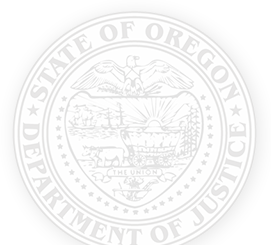The Benefits and Disadvantages of Leasing a Vehicle
A lease is as negotiable as a purchase, but more complex. Never lease unless you understand the benefits and disadvantages of leasing. If you are considering a lease, there are concepts you should understand.
Lease Term
Typical leases are 24, 36 or 48 months. If you lease for longer than 36 months, consider purchasing instead. Major vehicle repairs tend to surface in the fourth or fifth year – after most warranties expire. If your lease term extends beyond the warranty period you are responsible for repairs even if you don’t own the vehicle.
Capitalized Cost
Includes the negotiated price and any add-on fees or taxes paid through financing. The capitalized cost (or “cap cost”) is similar to the purchase price of a vehicle. The cap cost does not need to be the manufacturer’s suggested retail price (MSRP). In fact, unless it is a highly desirable vehicle, it should be under MSRP.
Capitalized Cost Reduction
The amount of down payment needed to reduce the amount financed. The cap cost can be reduced by rebates, factory-to-dealer incentives, a down payment or a trade-in.
Money Factor
Similar to an interest rate when financing a purchase. A money factor – sometimes called a “lease factor” – is typically shown as a small decimal number. You want the lowest money factor you can get. Convert a money factor to an annual percentage rate (APR) by multiplying it by 2,400. For example, a money factor of 0.00297 would equal 7.13% APR. Money factors on a lease, when converted to APR, should be comparable to, or lower than, average interest rates for financing a purchase.
Residual Value
The projected market value of a vehicle when the lease ends. The higher the residual value, the lower your lease payments.
GAP Insurance
During the early years of a lease, the amount you owe is typically more than the actual market value of the vehicle. Guaranteed asset protection (GAP) insurance, covers the remaining balance owed on the lease should the vehicle be stolen or totaled in a collision. Some leases automatically add GAP insurance into the lease payments. If not, shop around. It may be available an option with your auto policy. Furthermore, after the first year or two, the gap between the actual market value and what you owe on the lease may disappear. Do the math every year to make sure GAP insurance is something you still need.
Acquisition Fee
Sometimes known as a “bank fee” or “assignment fee”, it is an administrative fee charged by lease companies, not dealers. Generally, acquisition fees range from a few hundred to a thousand dollars.
Early Termination Fee
A penalty charged for breaking the terms of an agreement or long-term contract. Leases almost always have early termination fees. It will cost you to end a lease early.
Driving Habits
It is important to consider how many miles you drive each year. While the annual mileage allowed in a lease is always negotiable, the average lease is for is for 1,000 miles a month. Excess mileage will be charged at the end of your lease, usually at an expensive per-mile rate.
Other Products
Most new vehicles come with at least a three-year/36,000-mile, bumper-to-bumper warranty and manufacturer roadside assistance programs. After-market products such as service contracts, may be unnecessary if you intend to lease for only two or three years.
